Your garage is probably the most inefficient room of your house, but it doesn't have to be that way!
Many people don't see their garage as an extension to their home, but rather an extension to the outside. In reality, most attached garages should not be treated much differently than any other room inside the home. The more efficient your garage is built upon, the lower your home's overall carbon footprint is going to be. What happens, is an inefficient garage practically inhales the blustery cold air during the winter and super heated air during the summer. That cold or hot air then penetrates through the walls and ceiling of the surrounding living spaces and wrecks havoc on the efficiency of the home. But it doesn't have to be this way. Here's what you can do to improve upon that.
Insulate the Surrounding Walls to the Garage
Cost: $1,000 and up for the standard two door garage.
Many older homes (and even some newer ones) were not built with insulation in the walls of the garage. Many of these homes have only outside siding, radiant sheathing, and a layer of particle board protecting your garage walls from the elements. Insulating your garage walls is usually as easy as rolling the proper R-value insulation between your joists, or having it blown-in through a small hole in the drywall of the sides and ceilings of your garage.
Caulk the Connection Between the Walls and Concrete Floor
Cost: $5 for a few tubes of caulking.
Many garages are not built using the proper compressible foam between the lower framing and concrete floor. What happens is over time this connection swells, shrinks, and moves, leaving spaces which will allow air from the outside to leak in. You can either use a foam sealant or a latex/silicone based caulk to seal this often overlooked area.
Seal the Door Between the House and Garage
Cost: $10 and up for weatherstripping.
First thing is to make sure that there is weatherstripping installed around the entire door frame, and that it is intact, pliable, and seals out most of the air from the garage. You can use smoke to detect air leaks around the door, or an even easier way is to turn on the lights to the garage and turn them off on the inside portion of the door and see if any light comes through. Next, make sure that your threshold is sealing the bottom of the door properly. You can use a simple draft stopper if you do not want to go through the hassle of replacing the entire threshold. One last often overlooked project is to caulk the trim around the inside and outside portion of the door. Air can find a way through the inner construction of the door frame if this decorative trim is not sealed properly.
Insulate the Garage Door Itself
Cost: $50 to upwards of $1,000.
Even if your garage walls have been properly insulated, many home builders do not bother with the added expense of purchasing an insulated garage door. This negates much of the purpose to insulation in the walls, since a thin sheet of aluminum does one thing best, and that is transfer both the heat and cold from the outside, directly to the inside. You can purchase a new insulated door for several hundred dollars, or buy an insulation kit for a fraction of the cost. These kits use thin sheets of double-bubble radiant insulation which is applied to the inside of the garage door where it will radiate heat away from the door in the summer, and hold heat in during the winter. You can also use foam board insulation for this same purpose.
Insulate the Outlets and Light Switches to the Garage
Cost: $5 for specialized outlet/switch foam gaskets.
It is important to seal all the tiny cracks in your garage, so that air cannot seep to the inside of your living space. Not only should you be concerned about the penetration of hot or cold garage air through the walls, but also the carbon monoxide which is present after a vehicle has either entered or left the garage. These fumes can find their way into the smallest spaces between the walls and then enter your home without you even knowing it.
Add Passive Solar Heating
Cost: $50 and up for a homemade unit.
One of today's ultimate workshop conveniences in the wintertime is to have a heated garage. Attaining this with either a gas or electric heater is both expensive and carbon costly. However, if you can harness the heat from the sun, you can have your heat and not feel guilty about it. The labor involved in building such a unit is fairly straight forward as long as you have a few basic hand tools and craft experience.
Seal the Cracks in the Garage Cement Floor
Cost: $5 for a tube of concrete sealant.
Poured cement is certainly not the best insulation, but when its surface is compromised by cracks, it becomes even worse. Cold air and gases from the ground can pass through to the garage when a small crack is present. To make matters worse, if you are constantly introducing water into these cracks, such as after driving in a snow storm, the water can freeze and expand below the cement causing upheaval and shifting. If the concrete slab shifts too much, the floor will become uneven and this will compromise the ability for the garage door to completely seal in the closed position
source:- http://home.howstuffworks.com/home-improvement/heating-and-cooling/improve-energy-efficiency-garage.htm
.
source:- http://home.howstuffworks.com/home-improvement/heating-and-cooling/improve-energy-efficiency-garage.htm
.

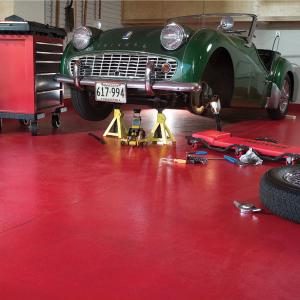
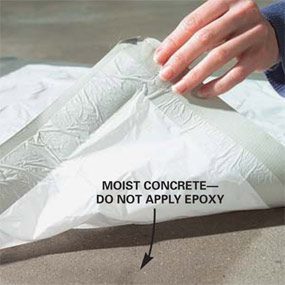
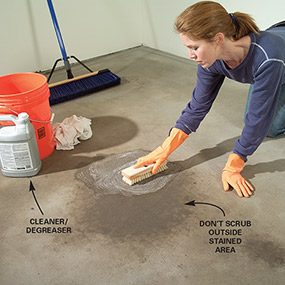
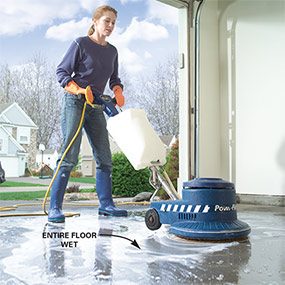
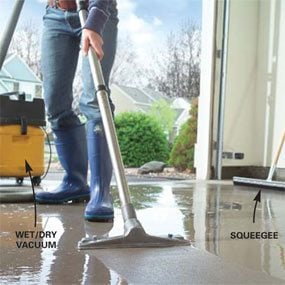
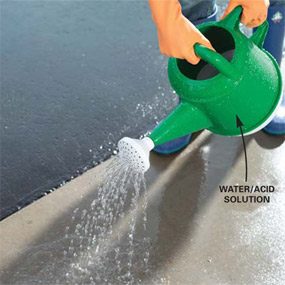
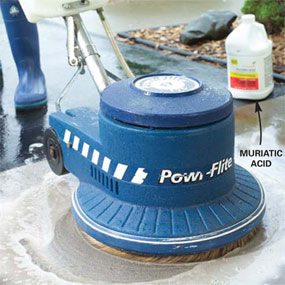

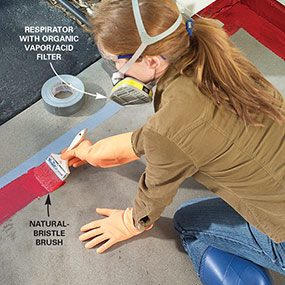
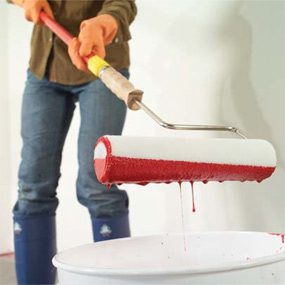

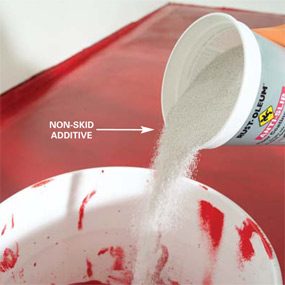
 Saving money on energy bills is a good thing, especially in very warm or cold climates where the AC or the furnace have to run a lot. It can costs hundreds of dollars a month to make the living space comfortable. However, the garage is a different story. Trust me, I found out the hard way. I will never recoup the money I spent insulating it, and on very cold days, the paint and other supplies still get ruined.
Saving money on energy bills is a good thing, especially in very warm or cold climates where the AC or the furnace have to run a lot. It can costs hundreds of dollars a month to make the living space comfortable. However, the garage is a different story. Trust me, I found out the hard way. I will never recoup the money I spent insulating it, and on very cold days, the paint and other supplies still get ruined.







